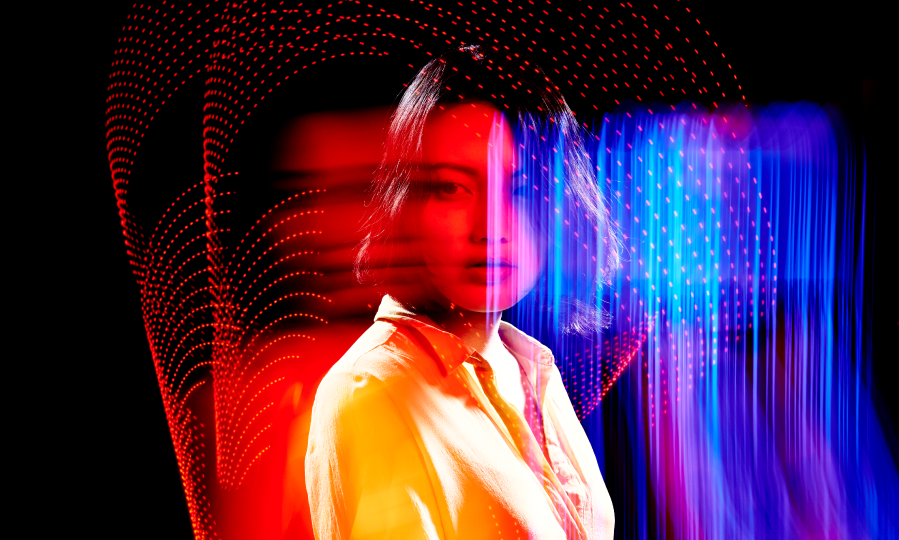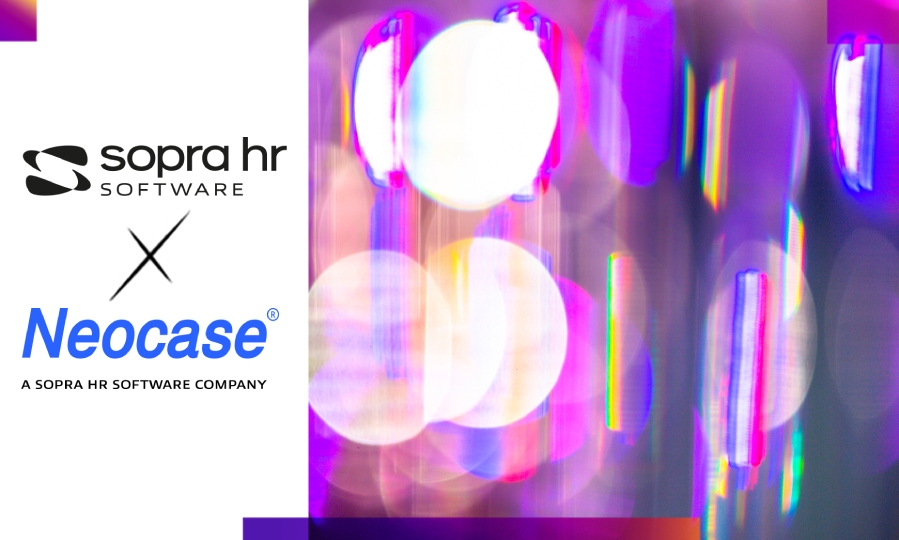HR TRENDS
AI: promoting an "augmented" employee experience

SHARE THE ARTICLE ON

With AI, HR departments can improve the employee experience. Inspired by the customer experience, the employee experience includes "all the key moments experienced by the employee within the organization, from the moment of hire to the moment they leave the company" (Samama, 2017).
AI and the customer experience: a new role for HR
The employee experience can be ‘augmented’ by AI at different levels. AI can create customized training programs based on each employee's skills and needs, increasing learning efficiency and engagement. By analyzing performance data, AI can also provide recommendations on how best to improve each person's efficiency and productivity.
The employee experience integrates an emotional and interactive aspect: "The employee experience is how an employee feels during each contact they have with their employer during their professional relationship, from the first time the employee encounters the employer to any interaction after the employee leaves the company" (Loureiro, Lepetit-Brière M. 2018). Today, AI can facilitate the monitoring and analysis of employee well-being indicators, such as stress levels, and suggest appropriate actions to improve their mental and physical health. By analyzing internal communications, AI can detect signs of discontent or dissatisfaction among employees, so action can be taken proactively.
Artificial intelligence to boost wellbeing and performance
Chatbots and virtual assistants can quickly answer employees' questions, offering instant support and freeing up HR departments for more important tasks. These tools and techniques show how AI can help improve the employee experience. With AI, HR departments have access to more and better data more quickly and thus offer employees personalized solutions that are more in line with their expectations.
UX of the future: unprecedented opportunities to enhance the employee experience
The user experience (UX) of the future is a rapidly evolving field, influenced by technological advances and changing user expectations. The key trends shaping the UX of the future, presented below, enhance the employee experience. For HR departments, these are unprecedented opportunities to improve the HR service offering to attract and, above all, retain employees:
- Customization:
The user experience will become increasingly personalized, based on individual user data and preferences. This will create more relevant and engaging interactions.
- Artificial intelligence and machine learning:
AI and machine learning will play a central role in improving UX, anticipating user needs and offering personalized recommendations.
- Augmented and virtual reality:
Augmented reality (AR) and virtual reality (VR) technologies will offer immersive, interactive experiences, transforming the way users interact with products and services.
- Accessibility:
The UX of the future will place particular emphasis on accessibility, making products and services usable for everyone, including people with disabilities.
- Data security and confidentiality:
With cyber-attacks on the increase, data security and confidentiality will be top priorities to ensure a secure user experience.
- Emotional design:
The user experience will be designed to evoke positive emotions, creating emotional connections with users.
- Interactivity and engagement:
User interfaces will be increasingly interactive, encouraging user involvement and active participation.
These trends show just how user-centric the UX of the future will be, offering a more personalized, immersive and secure experience. These are great opportunities for HR departments to offer a quality experience.




